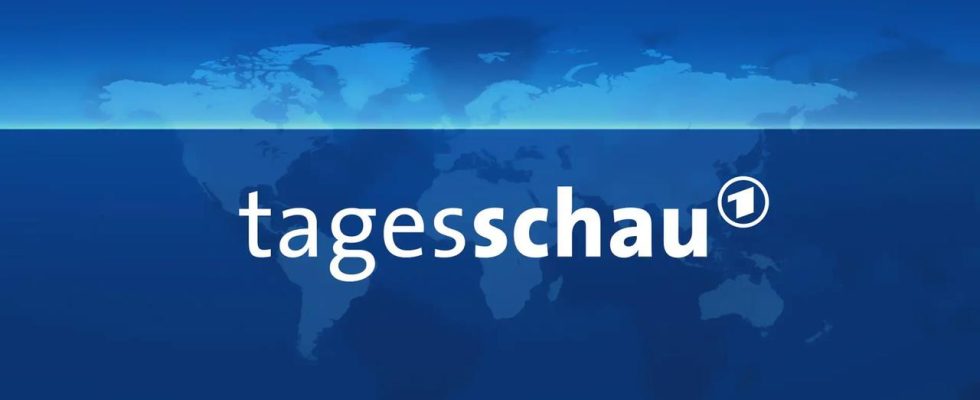background
The conflict over Nagorno-Karabakh between Armenia and Azerbaijan has been simmering for decades. After the renewed outbreak of fighting, there should be talks about disbanding the armed forces in Nagorno-Karabakh. Background to the conflict.
Since the collapse of the Soviet Union, the Caucasus republics of Armenia and Azerbaijan have been fighting over Nagorno-Karabakh. The breakaway region belongs to Azerbaijan under international law, but is predominantly inhabited by Armenians. The two former Soviet republics have already fought two wars over the enclave, and now tensions are escalating again.
The causes go back to 1917
The roots of the conflict go back a long time: as early as 1917, Armenia and Azerbaijan fought a civil war over Nagorno-Karabakh after the end of the Tsarist era. In 1921, the Soviet ruler Josef Stalin made the region part of the socialist Soviet Republic of Azerbaijan, and from 1923 it enjoyed autonomy.
In 1991, Nagorno-Karabakh broke away from Azerbaijan following a referendum. Since then, an autonomous government has ruled there with close ties to Armenia. However, this is still not internationally recognized today.
armistice In 1994 there was initially conflict
A subsequent war displaced hundreds of thousands of people from both countries and killed an estimated 30,000 people. In 1993, the Armenian army captured Azerbaijan-controlled towns and established an 8,000-square-meter “security zone” between Nagorno-Karabakh and the Armenian border, accounting for about 20 percent of Azerbaijan’s territory. A ceasefire was signed in 1994.
Repeated threats from Azerbaijan
Since then, negotiations on a peace agreement have taken place within the framework of the Organization for Security and Cooperation (OSCE). Armenia and Azerbaijan agreed on certain principles within this framework in 2008. But in the years that followed, military clashes became more frequent and Azerbaijan threatened a military solution to the conflict. It used oil and gas revenues to finance a modernization of its armed forces, supported by Turkey and Israel.
In 2020, Armenia had to give up large parts
In the fall of 2020, a new war broke out. Not least thanks to Turkish drones, Azerbaijan recaptured areas that the Armenians had occupied as a security zone around Nagorno-Karabakh. The war ended after six weeks and the deaths of 6,500 people with a Russian-brokered ceasefire agreement that forced Armenia to give up more territory.
Russia, which has long been the force of order in the South Caucasus, sent 2,000 soldiers to monitor the ceasefire. Armenia had relied on Russia at the start of the war, but found itself increasingly abandoned by its former ally. This was further intensified by Russia’s war against Ukraine.
Lachin corridor was blocked
Despite Russia’s troop presence in the region, there have been repeated clashes. Both sides blamed each other for this. Although Azerbaijan had guaranteed free movement of people and goods between Armenia and Nagorno-Karabakh via the Lachin Corridor in the ceasefire agreement, activists with Azerbaijan’s approval blocked this only route. At the end of April, Azerbaijan set up a border checkpoint. Since then, fewer and fewer aid convoys have been allowed through.
Food, medicine and fuel became scarce in Nagorno-Karabakh. The Armenian government accused Baku of causing a humanitarian catastrophe in the enclave. Armenia’s appeals to Russia to take action against this were unsuccessful. At the beginning of September, the Azerbaijani government declared the election of a new president in Nagorno-Karabakh illegal.
Major attack after the death of four police officers
Despite all mediation efforts by Russia, the EU and the USA, the governments in Yerevan and Baku were unable to agree on a common peace treaty. Following the deaths of four police officers and two Azerbaijani civilians in a mine explosion in Nagorno-Karabakh, Azerbaijan launched a major attack on the enclave on September 19. The government in Baku spoke of “localized anti-terror operations” against Armenian separatists. Azerbaijan called for the dissolution of the separatist government in Nagorno-Karabakh and its troops.
The reactions of the international Community
France, which has traditionally had close ties to Armenia, announced that it would initiate an emergency meeting of the UN Security Council. The US said that Secretary of State Antony Blinken would most likely take part in the search for a diplomatic solution. Turkish President Recep Tayyip Erdogan declared that Nagorno-Karabakh is part of Azerbaijan. Turkey supports the restoration of territorial unity. UN Secretary-General António Guterres called for an “immediate end” to the fighting and “stricter compliance with the 2020 ceasefire.”

